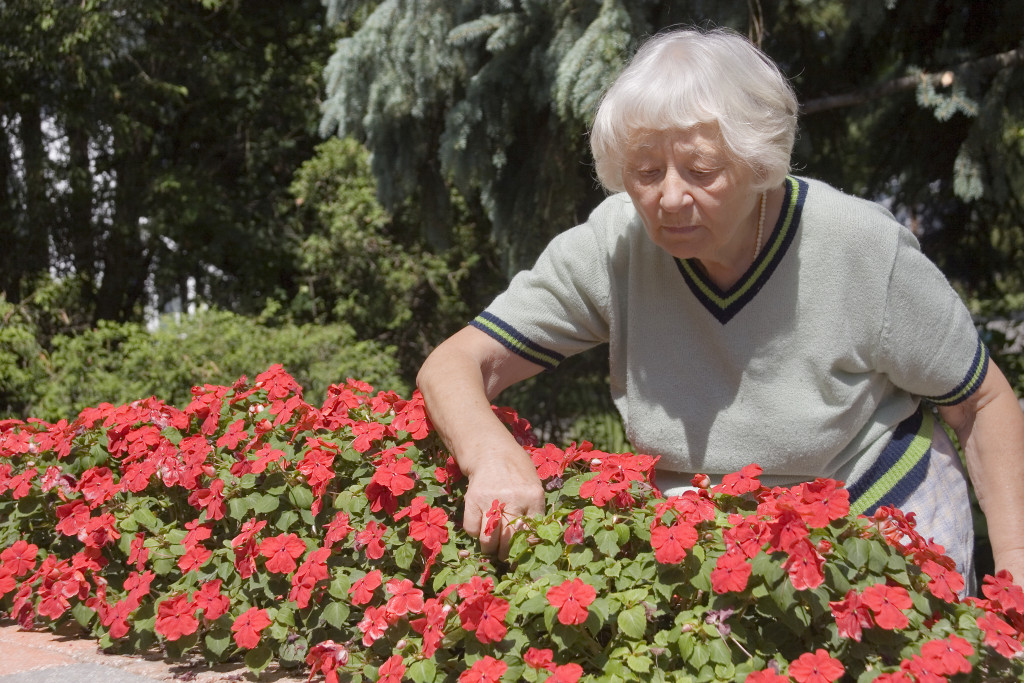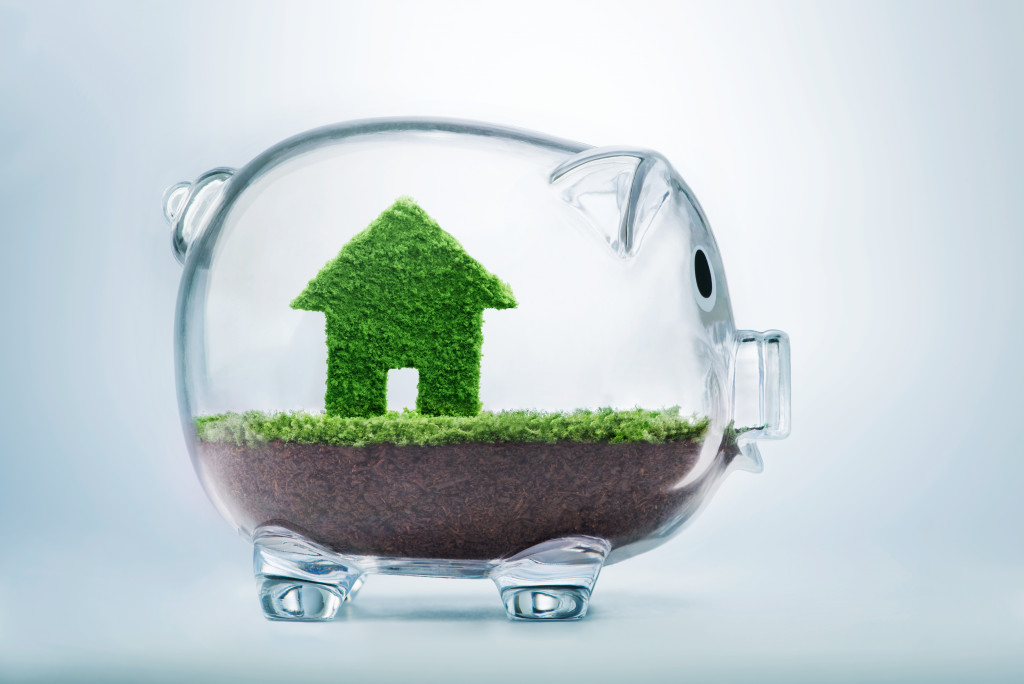The green revolution is happening all around us. It’s not just about recycling; it’s about reducing our ecological footprint in every way possible. We can adopt countless sustainable practices from the clothes we wear to the food we eat and from our homes to our cars. Green living is an economic decision as well as an environmental one.
It can be a real challenge to know where to start with numerous sustainable practices that you can implement into your everyday life. Here are simple ways you can begin your green living at home.
Reusable Energy
Green lighting is becoming more and more available for home use. Many people are making the switch from regular to greener light bulbs. Not only will this save you money on electricity, but it will also reduce your ecological footprint.
If you want to take it further, homeowners install solar panels on their rooftops. It is an amazing way to use renewable energy along with reducing your home’s carbon footprint.
Solar panels also reduce the amount of electricity bought from power plants, which will ultimately reduce your monthly electric bill.
Green Gardening

If you have a yard surrounding your home, consider using it for green gardening. Growing your fruit and vegetables is an involved process, but the benefits are enormous. Not only will you be able to enjoy the beneficial effects of organic vegetables, but you will save money that you would have spent on buying them at the grocery store.
If planting vegetables aren’t your thing, perhaps you might want to replace your grass with plants native to your environment. Native plants reduce the amount of water and maintenance needed during the growing season.
Eco-Friendly Cleaning Products
Most cleaning products on the market contain chemicals and other harsh ingredients that can harm the environment. The best way to cut out those toxins is by making your green cleaning solution.
You will need a spray bottle, vinegar, water, and essential oils such as lavender or lemon. Mix it all, and you’ll have an environmentally friendly solution and will cut through grease like nobody’s business.
Cleaning products made with chemicals may cut through dirt easily, but they are wreaking havoc on our planet. Once you switch to green cleaners, you’ll notice how much more effective they are than the rough stuff currently in your cabinets.
Food Waste Composting
Most of the food we buy gets thrown away. Studies show a lot of wasted money on food that could have been used elsewhere or eaten at home.
You will need to set aside an area for composting, which you can do easily by grouping together your yard waste and food scraps. The soil you create will be rich in nutrients, free of harsh chemicals found in regular soil, and ultimately benefit your plants.
Sustainable Home Design
Studies show that most households aren’t utilizing their spaces efficiently. The solution to this problem is sustainable design.
Sustainable design reduces the square footage of your home while making it more aesthetically pleasing. If you’re looking for eco-friendly living with less waste, then sustainable home design might be for you.
You can start by investing in eco-friendly flooring, paint your walls with organic paint, and finally add some solar panels to your roof. These changes will not only benefit the environment, but they will also cut down on your energy bill every month.
Refurbishing Rather than Buying New
Buying new items for your home is expensive and isn’t sustainable. The alternative to buying new is refurbishing.
Refurbishing is the process of restoring an item, whether it be furniture or electronics, to its original state. You can find great deals online or at garage sales for things that need a little TLC.
Once you refurbish your furniture and household appliances, you are reducing waste and saving money.
Recycling
Everyone knows that recycling is good for the environment, but most people don’t recycle because they think it’s a lot of trouble or inconvenience.
The truth is you can make recycling easy by designating certain areas for each type of recyclable item. For example, consider making a section for glass items if you have a backyard. Also, be sure to talk to your local recycling facility, so they can provide you with the proper receptacles and instructions on how to go about this process.
Some benefits of recycling are reducing greenhouse gas emissions and pollution while also conserving water and other natural resources.
So there you have it! Some doable ways to live a more sustainable life at home. These practices won’t only help the environment, but they will also save you money in the long run. So what are you waiting for? Start making some changes and see how easy, eco-friendly living can be.


